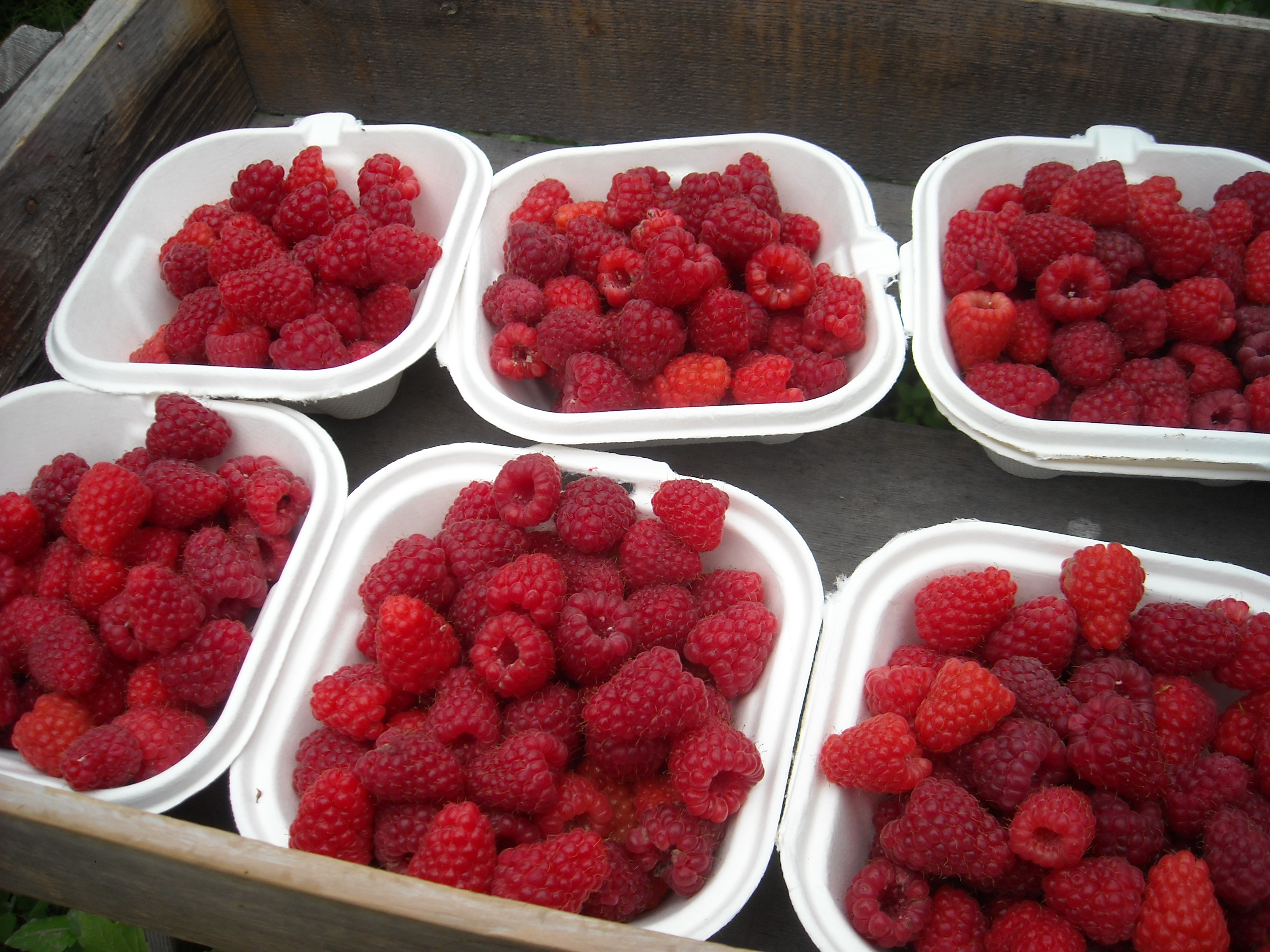 It is important to not only increase the availability of fresh, local produce in food banks but also to help educate the food bank population on how to cook, prepare, and store gleaned produce. This is particularly important when gleaning more unusual crops.
It is important to not only increase the availability of fresh, local produce in food banks but also to help educate the food bank population on how to cook, prepare, and store gleaned produce. This is particularly important when gleaning more unusual crops.
First and foremost, it is important to know a food bank’s storage capacity, and their produce likes/dislikes. Some food banks already receive an abundance of certain products or know from experience that individual products are preferred by clientele. The Gleaning Project gathers this information at the beginning of the year and makes it public in the “Where to Donate” brochure.
Recipe Cards
-
When gleaning more unusual crops it is a great idea to provide the food bank with recipe cards and basic information on the health benefits, flavor, uses, and proper storage of the item.
-
It is important to offer simple recipes that feature food bank items and low cost ingredients in the recipes. Familiarize yourself with the food banks to know what ingredients are typically on the shelves
-
The gleaning coordinator often referred to SNAP- Recipe Finder which allows you to search recipes by ingredient and provides some translated materials as well.
-
In 2012, the gleaning coordinator provided recipes for pumpkin, rhubarb, kohlrabi, and fennel when delivering the produce to food banks.
Samples
-
Another great way to promote gleaned produce is to offer samples. Show food bank clients how delicious the produce can be!
-
In 2011, the Gleaning Coordinator organized a cooking demonstration and offered samples of different greens (kale, swiss chard etc.) that were not as popular at the food bank. Many volunteers are eager to help with cooking demonstrations.
Partnerships
There is a good chance that your community is already working on nutrition education for food banks and with low-income populations. Find ways to partner! In Pierce County we connected with two valuable partners.
-
Many county extension programs have nutrition educators. The gleaner coordinator connected with WSU Pierce County Extension’s Adult SNAP Educator. The SNAP Educator travels around to various food banks and offers samples, recipes, and other educational materials to food bank clients while they wait in line. The gleaning coordinator worked with the SNAP Educator to help promote certain recipes featuring gleaned produce.
-
Southeast FISH food bank, the largest food bank in Pierce County, received a grant to purchase a television. The television shows YouTube cooking videos as clients wait! The gleaning coordinator was able to send the food bank director YouTube videos featuring produce brought in from field gleans. Consider getting a recipe or article in a food bank newsletter. See what resources the food bank already has!

 It is important to not only increase the availability of fresh, local produce in food banks but also to help educate the food bank population on how to cook, prepare, and store gleaned produce. This is particularly important when gleaning more unusual crops.
It is important to not only increase the availability of fresh, local produce in food banks but also to help educate the food bank population on how to cook, prepare, and store gleaned produce. This is particularly important when gleaning more unusual crops.